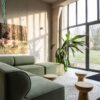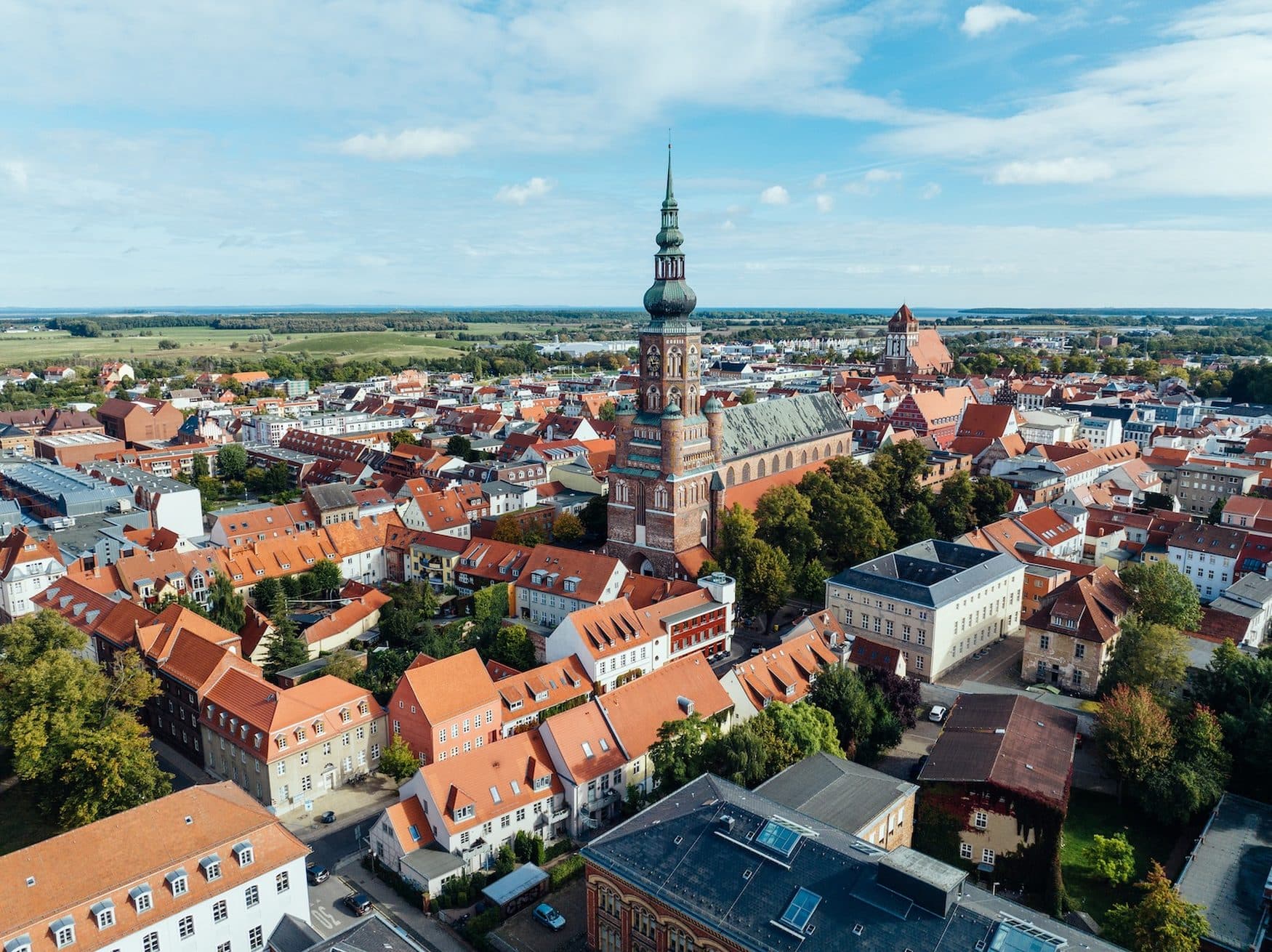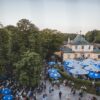Greifswald is – quite wrongly – far below the city trip radar. The city is inspiring. Not only because of its great location on the Baltic Sea, the beautiful architecture and the atmosphere of a university town, but also because of its culture. And this year it is in a state of ecstasy, so to speak. We took a walk for you in the footsteps of German painter Caspar David Friedrich. Imitation strongly recommended.
Caspar David Friedrich
One of Germany’s most famous painters was born in Greifswald in 1774. And because his birthday is 250 years ago this year, the city is dressing up to celebrate the important German artist with numerous events and plenty of art. So be sure to check out the calendar of events.
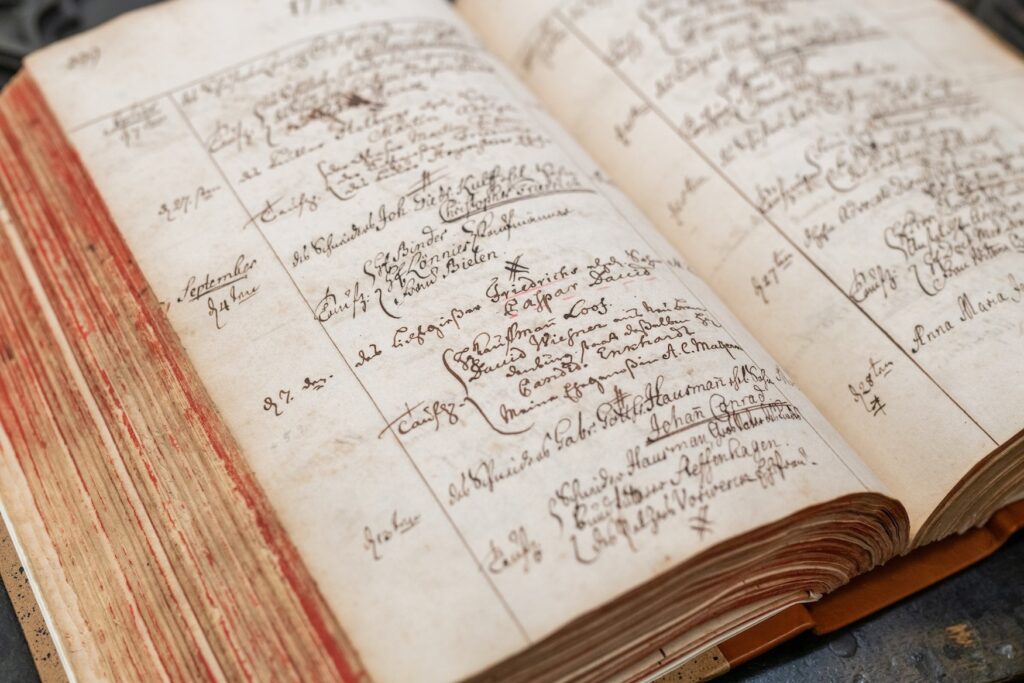
Pomeranian State Museum
Visitors can experience a fascinating journey through 14,000 years of Pomeranian culture and history in the Pomeranian State Museum. What’s more, the architecture is impressive. In Greifswald, gothic, classicist and contemporary architecture come together in an impressive ensemble. Award-winning, too. However, it is not only the architecture that impresses, but also a top-class collection of paintings that presents the region’s cultural heritage in a unique way. The masters of Romanticism come together here. Among them, of course, Caspar David Friedrich. And to celebrate the year, even more of his works will be on display. Including the world-famous painting “Chalk Cliffs on Rügen”.
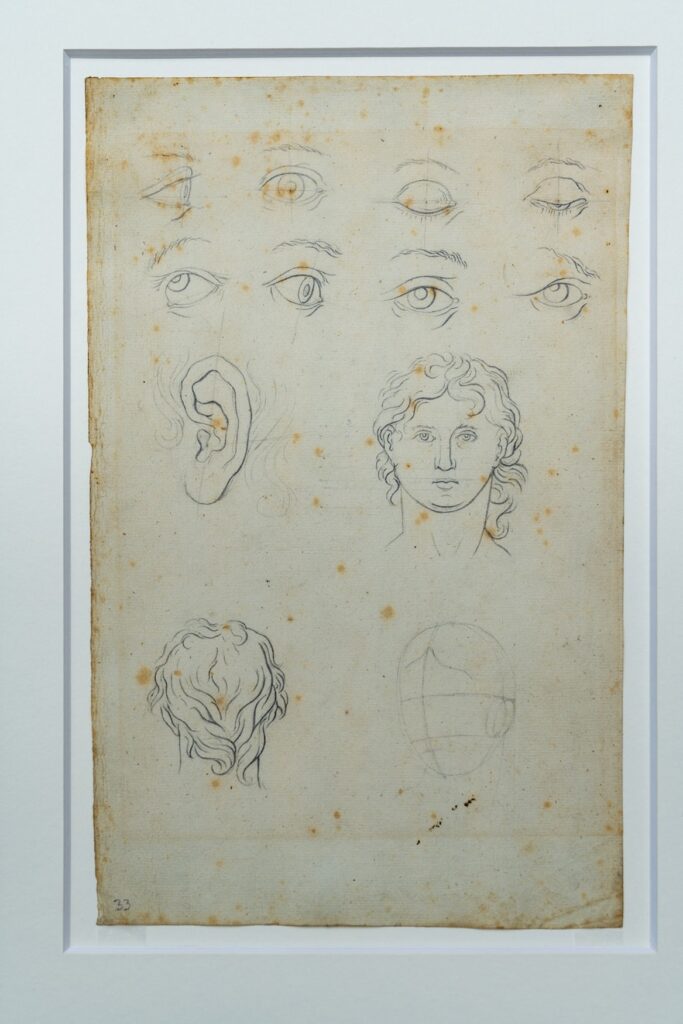
Birthplace
Part of the former birthplace of the painter still stands in Lange Straße. Caspar David Friedrich was born here as the sixth child of the soap and candle maker Adolf Gottlieb Friedrich. He lived in Lange Strasse before setting off to study art. The former home is now housing the Caspar David Friedrich Center, where visitors can marvel at an exhibition on the life and work of the great painter. Today, visitors can admire contemporary art, assess the creative talent of family members or attend candle-making and drawing courses.

Marketplace
The best place to stand is directly in front of the Sparkasse bank while looking towards the pharmacy “Ratsapotheke”. Then you will have the same view that Caspar David Friedrich had when he painted the scene on the market square. Incidentally, the painting is one of his few works on paper. It is only rarely exhibited because the quality of the painting needs to be preserved. The last time the original was on display was in 2018. This year it’s back again. We were able to catch a glimpse of it in the archive. Great, isn’t it? And what do we see? The very same pharmacy we just passed. It’s been there since 1550.
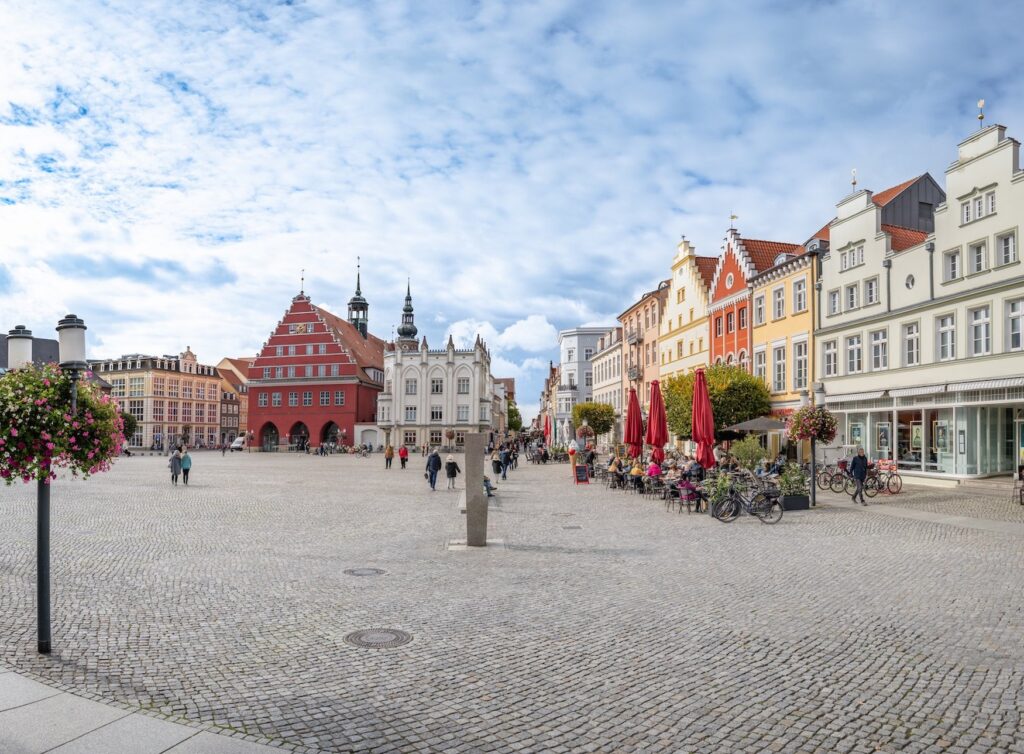
Wiek Bascule Bridge and the Three Wise Men
Three wooden heads stand on the bank and gaze into the distance. They defy the wind. The lake. And the birds that perch on them and enjoy pecking. Couples stroll hand in hand here. It’s a great place to linger. Or organize a small picnic. Simply sit down on a bench. Two glasses of rosé, two well-filled sandwiches – and enjoy the moment. When Caspar David Friedrich found inspiration here, the Wiek district was still a fishing village. The famous wooden bascule bridge, which is still operated by hand today, was only built after Friedrich’s time in 1887. But it’s part of the trip. You’ll pass it anyway.
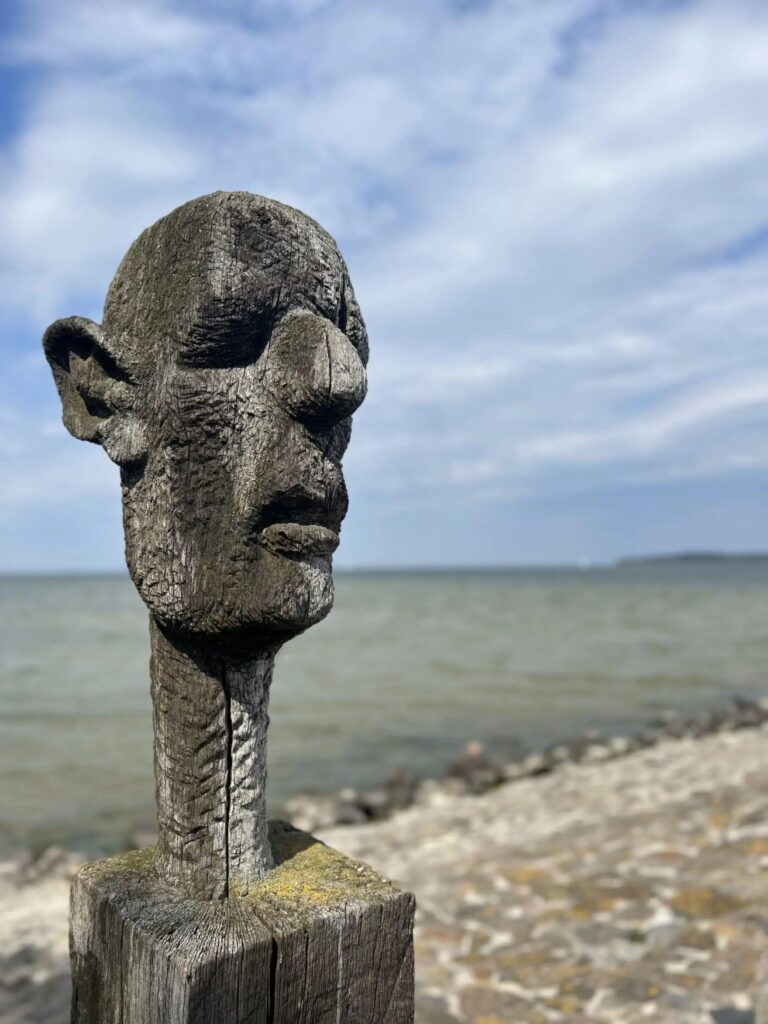
Eldena
Eldena is probably the most beautiful, most accessible and most famous monastery ruin in Germany. It is also around the corner from the Three Wise Men. The ruin probably owes its fame to Friedrich. He made the ruins of the old Cistercian monastery world-famous, and today it is virtually a monument to Romanticism. Friedrich depicted the ruins of Eldena Abbey in various contexts and moods. In bright sunshine surrounded by vegetation. Or he has “moved” the ruins into the completely different landscape of the Giant Mountains in the Czech Republic. The former monastery is the main reason why the town of Greifswald came into being in the first place. Today, jazz concerts are often held there. And in the anniversary year, avant-garde artist Martin Kohlstedt, for example, will be coming here to make the ruins glow anew.
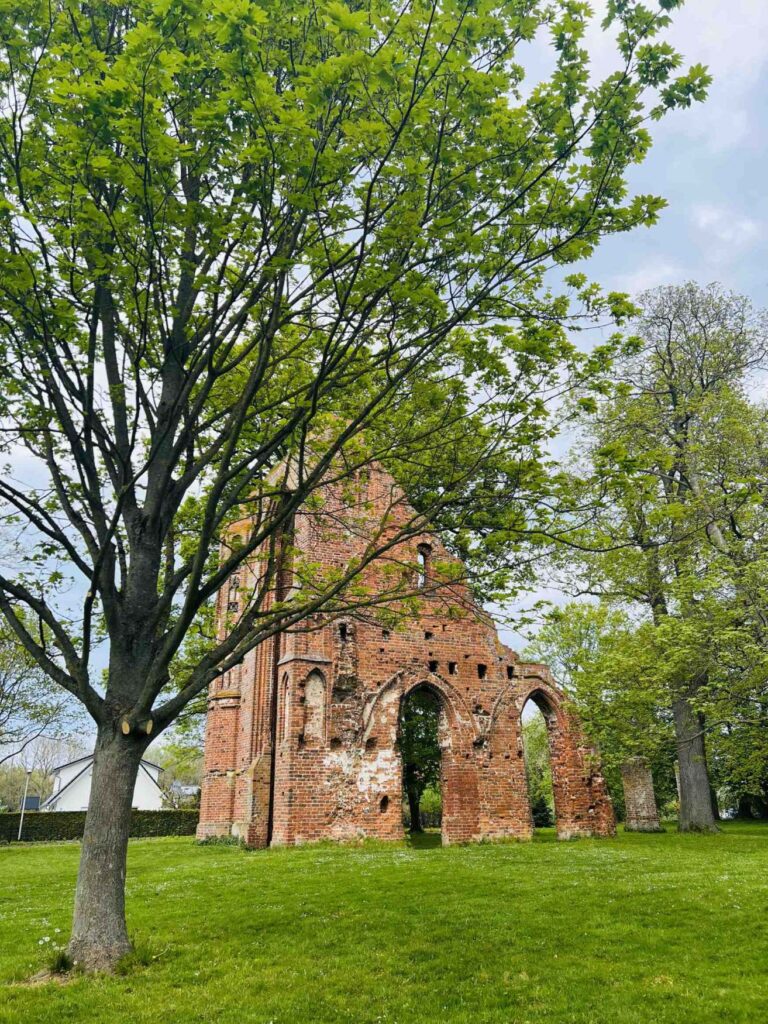
The Monkey Rock
The “Affenfelsen” – which means monkey rock – is located at Greifswald’s museum harbor, incidentally the largest in Germany. A container clad in wood and a multitude of deckchairs are the perfect location to end the day. Especially at sunset. For party people. For the young at heart. With a view of ships that have been moored at this exact spot in the harbor for what feels like centuries. Exactly – Caspar David Friedrich also enjoyed the view. You can’t blame him.
